
Losing customers is a costly affair in the SaaS world. Customer churn analysis helps businesses understand the root causes of churn and positions them to implement effective customer retention strategies.
In this article, we cover how to measure and analyze churn to gather actionable data. We also cover the importance of churn analysis and actionable steps to reduce customer churn and boost retention.
Try Userpilot Now
See Why 1,000+ Teams Choose Userpilot

What is customer churn analysis?
Customer churn analysis is the evaluation or analysis of a company’s customer loss (churn) data to understand why customers are leaving, which ones are leaving, and how to keep them from leaving.
Is your churn analysis stopping customers from leaving?
Knowing your churn rate isn’t enough. You need to know who is leaving and why. Take this 4-step assessment to audit your customer churn analysis strategy.
Why is customer churn analysis important?
The primary goal of churn analysis is to understand why customers churn by examining customer behavior patterns. This understanding produces several advantages, including:
- Identify weaknesses: Churn analysis helps you identify your product’s biggest weaknesses and the pain points within your customer journey. It reveals patterns within your system that are costing you your customers.
- Uncovers opportunities: As much as you learn what customers do not like about your product, churn analysis also reveals what they love. It shows you how customers engage with your product, the features they love, and your product’s key strengths.
- Customer churn prediction: The patterns in customer churn data can help you predict customer churn. This enables you to take a proactive approach to customer retention by promptly addressing blips before they become unfavorable trends.
- Improve customer loyalty: Eliminating the causes of churn, such as poor customer service, missing features or functions, poor product adoption, etc., can help you reduce customer churn rates and increase customer loyalty.
Steps to conduct a customer churn analysis
Understanding the causes of churn and being able to predict it prepares you to stop losing customers. There are four key steps involved in this process:
- Calculate customer churn rate: The first step in churn analysis is to calculate your churn rate and see where you stand. This means dividing the number of customers who left during a period by the number of customers at the start of the period.
- Dig deeper: Collect and organize customer data using analytics tools like Userpilot, MixPanel, Google Analytics, etc. For this part, you need to collect in-app event and historical customer data (purchase history, demographics, etc.).
- Identify the causes of churn: Armed with all that data, it’s time to conduct your analysis and identify the factors behind customer churn. This means analyzing the data to identify trends and patterns associated with churn and producing a hypothesis.
- Take action: The final part of your churn analysis is to draw actionable insights from your data and act on them to reduce customer churn. For example, if customers struggle to identify useful features, you can implement onboarding flows to drive feature discovery and adoption.
Metrics to track during a customer churn analysis
Churn analysis is easiest when you know which metrics you should track. Here are some key metrics to measure when analyzing churn:
- Monthly Recurring Revenue (MRR): The MRR is the total recurring revenue your business generates each month. It is a key indicator of your SaaS business’s financial health and reveals how much revenue you’re losing to churn monthly.
- Customer Lifetime Value (CLV): This is the total revenue a customer is expected to generate for your business over their lifetime. The higher the CLV, the more valuable your customers are to your business, and lower churn leads to higher CLV.
- Customer Acquisition Costs (CAC): The CAC is the approximate cost of acquiring a new customer. Comparing this value to the CLV will help you determine the profitability of your customer acquisition process.
- Average session duration: This metric provides insights into customer engagement with your product. Longer session durations suggest higher engagement and satisfaction levels and should correlate to lower churn rates.
- Feature adoption rates: This customer engagement metric measures how many customers use specific product features. Low adoption rates are an indicator of poor customer education or low product-market fit.
- Net Promoter Score (NPS): The NPS is a customer satisfaction metric that tracks the likelihood of customers recommending a product or service. Low NPS scores, therefore, often correlate to higher churn rates due to low customer satisfaction.
Sometimes, knowing which metrics to track isn’t enough. You need to know what constitutes a good number for a metric. To help you out, Userpilot has put together this Product Metrics Benchmark Report to help you compare your performance to those of other SaaS companies.
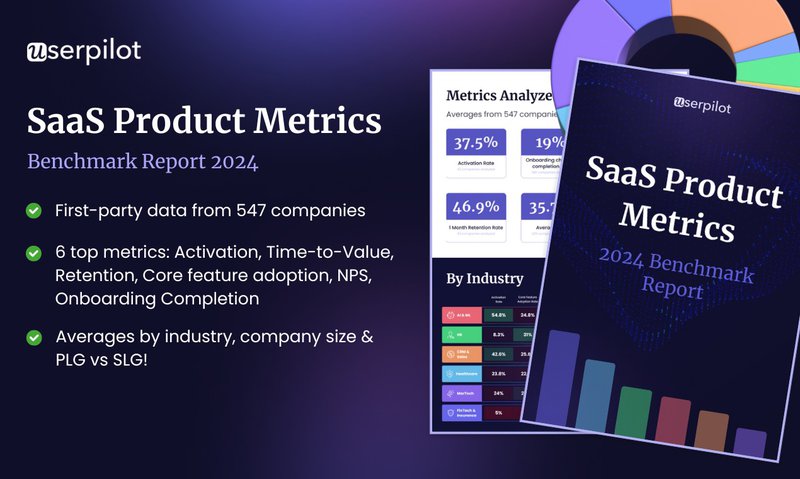
Top customer churn analysis techniques
Now that we understand what customer churn analysis entails and the metrics that measure it, let’s examine some top techniques for conducting customer churn analysis.
Use cohort analysis to identify patterns in customer behavior
Cohort tables are useful tools for tracking the behavior of different user groups (or cohorts) over time. It tracks how distinct user groups engage with your product over time.
You can choose your desired grouping criteria when creating cohort tables. This means you can group users by the sign-up date, in-app behavior, etc.
Whatever your grouping criteria, a cohort table enables you to track the performance of multiple cohorts in terms of their retention rates, engagement levels, and other milestones.
This makes it an excellent tool for identifying at-risk customers likely to churn. It can also help you analyze the receptivity of a newly launched feature and how it impacts retention across cohorts.
For example, you may have a hypothesis that users who completed their onboarding have a higher customer retention rate. So, you can generate a behavior cohort to see if retention rates are higher for onboarded users.
You can dig even deeper to compare retention rates for users based on their retention rates and acquisition dates. This will remove any potential bias that may arise from users who join at different times.
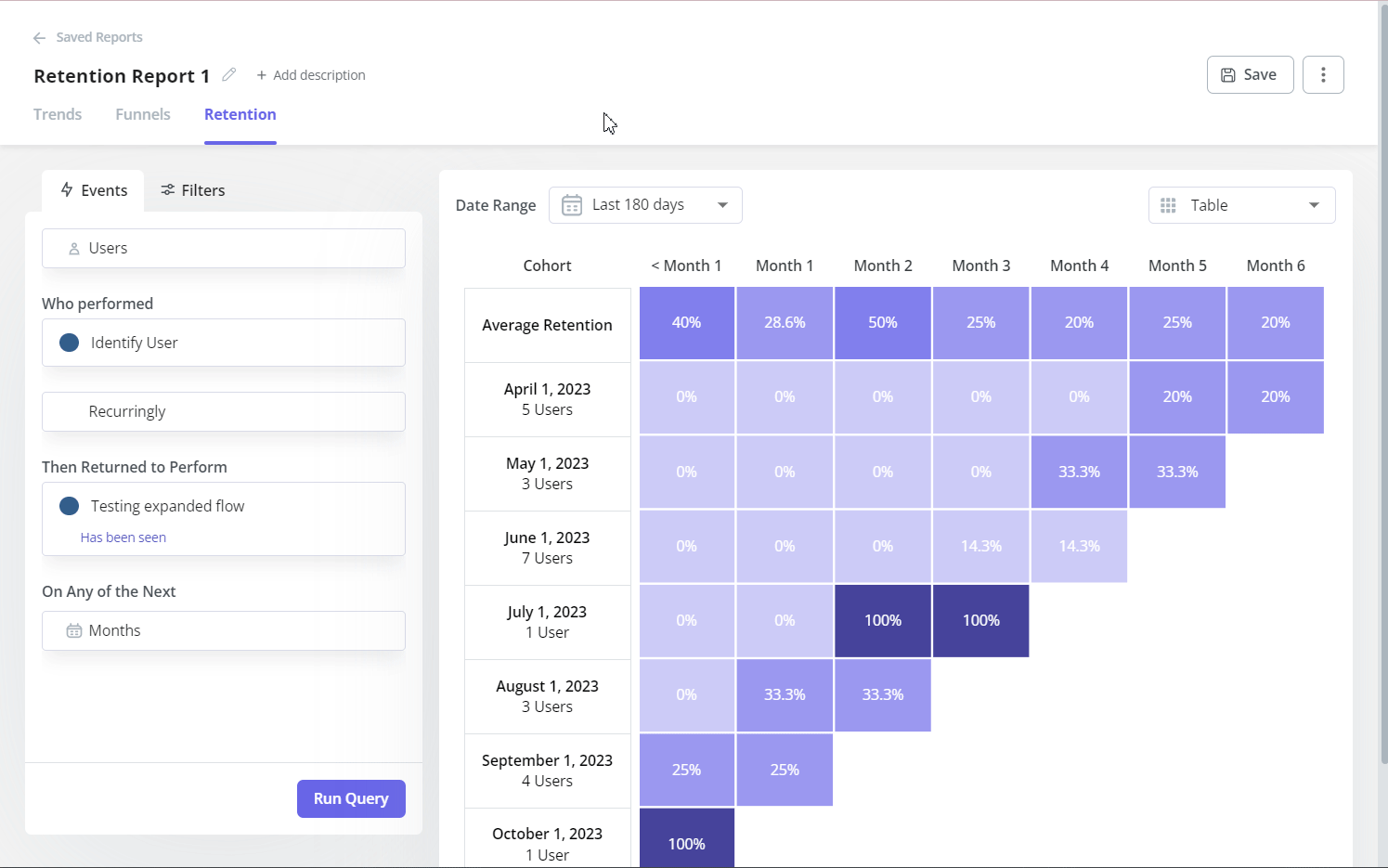
Conduct funnel analysis to pinpoint drop-off points
Funnel analysis is an analytic technique for tracking how users progress through a sequence of steps (events) to a major conversion event.
Product teams use funnel analysis to understand the user journey and identify areas for improvement. Although it is normal for users to reduce as a funnel progresses, a major drop-off is a source of concern.
For example, the funnel table below shows that of 2,254 users who entered the funnel, only 7% (161 users) made it out, with 38% reaching the second step and only 18% of those getting to the last step.
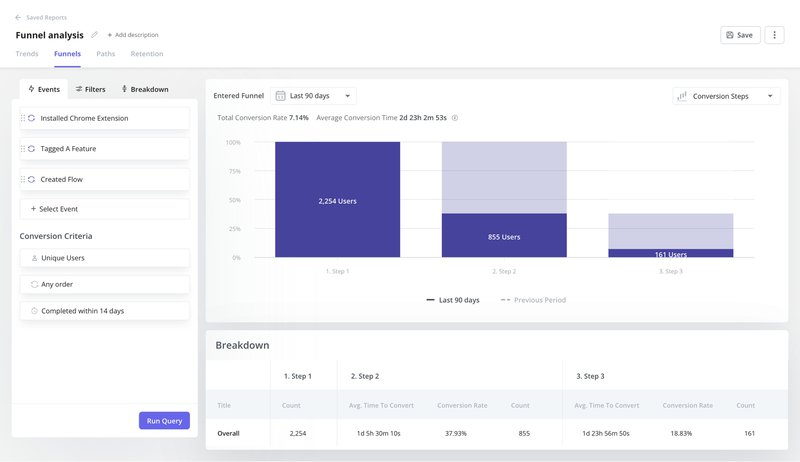
A product manager looking at this table can then dig deeper to optimize the movement between funnel steps and increase the conversion rate.
Use path analysis to identify the paths leading to churn
Path analysis is an exploratory system used to track a sequence of actions users take when navigating your product.
Much like funnel analysis, it can help you better understand the user journey. It can also help you to identify friction points and bottlenecks within the user journey and optimize them to reduce customer churn.
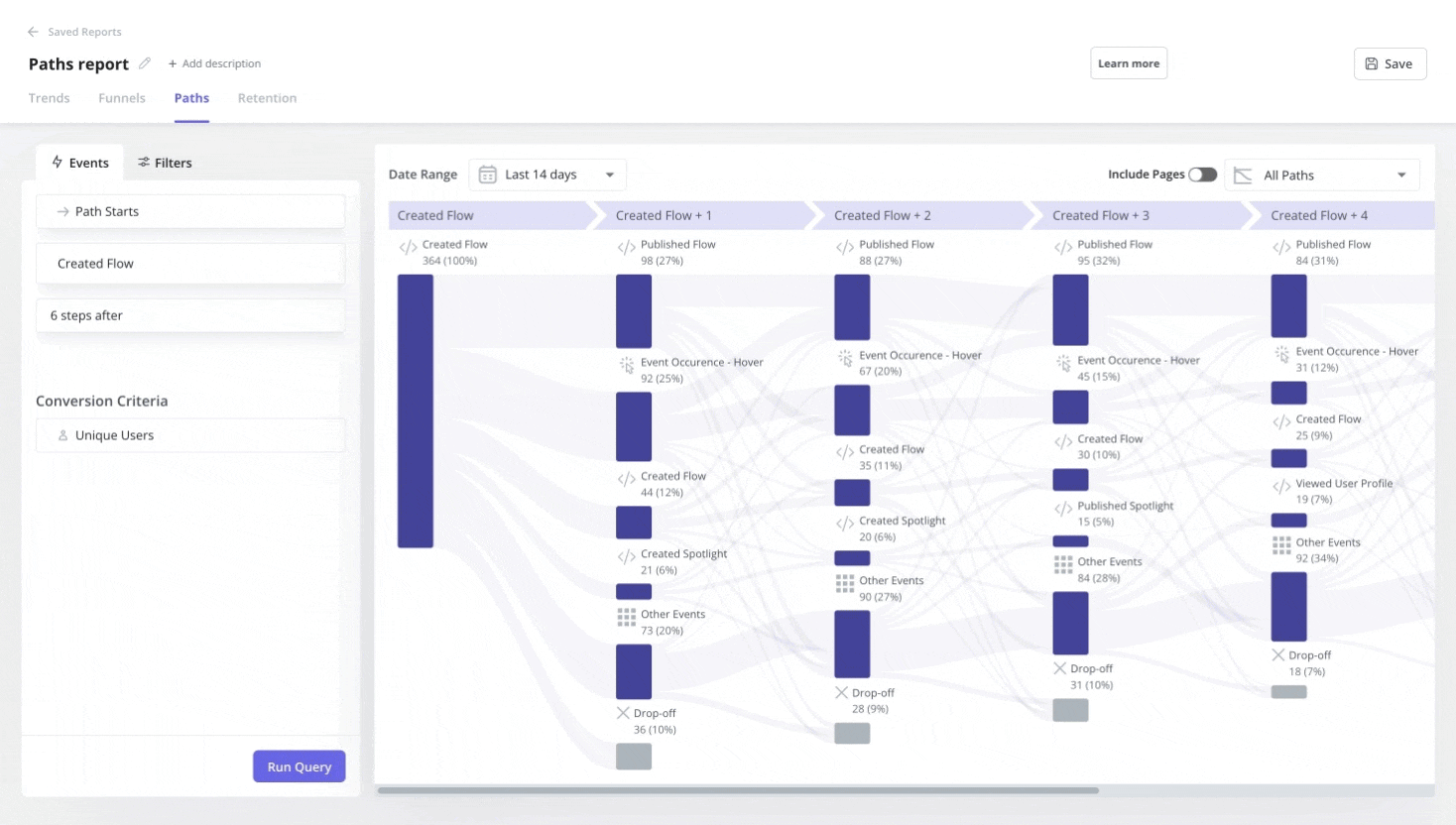
For example, you can conduct a reverse path analysis with Userpilot Paths to understand what users do before churning. This involves setting an endpoint (that indicates churn) and tracking users’ steps before that endpoint.
Armed with this data, you can more easily determine when a user is about to churn and act to prevent it.
Analyze churn data by user segments
Userpilot also enables you to analyze users who have already been churned by segment. This helps you see how many users from a segment have churned over time and can be valuable for tracking the causes of churn.
For example, you can analyze churn rates for different user personas, industries, locations, pricing plans, etc. You can even combine these conditions to better understand churn at different user intersections.
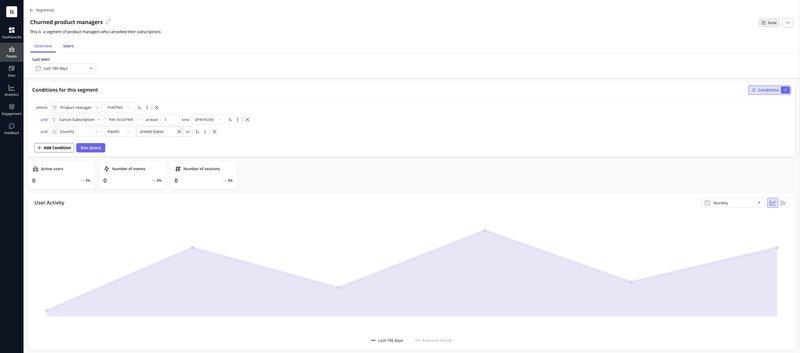
Analyze NPS detractors’ qualitative responses to spot churn drivers
Pair the typical quantitative NPS survey question with a relevant qualitative feedback question. This open-ended follow-up question will furnish you with actionable insights for your product.
For example, you can filter out detractors (with NPS ratings of 0 – 6) and analyze their accompanying feedback. Here, you can identify the trends and patterns that result in customer dissatisfaction and low NPS scores.
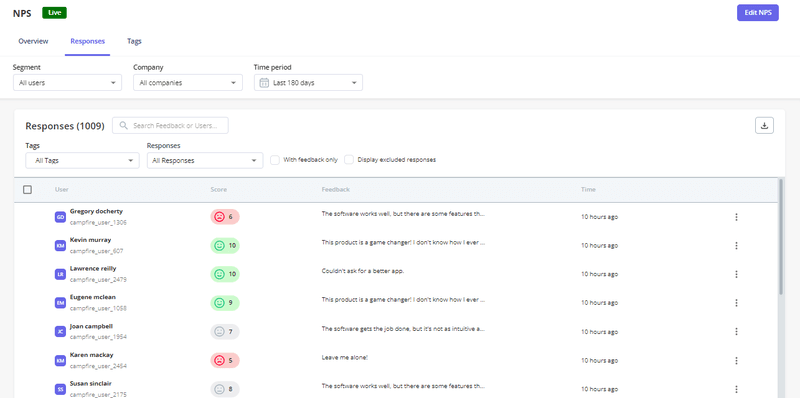
Organize user interviews to get detailed insights into churn
The easiest way to peer behind the numbers and understand why customers churn is by asking them directly. User interviews enable you to do just that!
They put real stories into the data you’ve collected, offering insights that explain customer churn. They also enable you to ask follow-up questions and clarify certain positions.
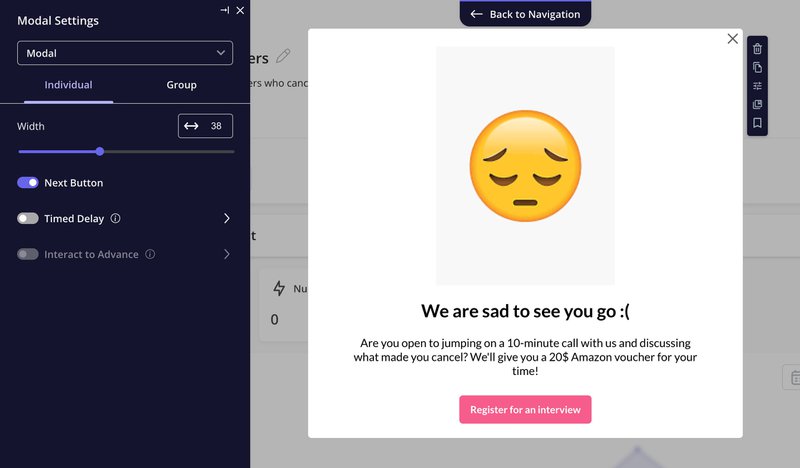
Collect feedback from churned users with exit surveys
Don’t have the time for an interview? You can also collect valuable customer feedback through exit surveys. These are surveys triggered immediately after a customer requests to cancel their account.
Include an open-ended question to get detailed responses with valuable insights. And compare these responses to find the common reasons that drive existing customers to leave.
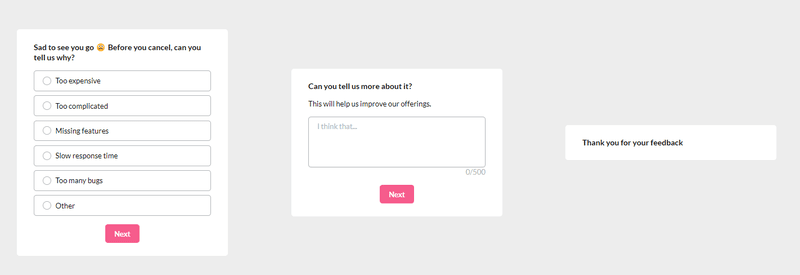
How to act on churn analysis data to retain customers
Reducing customer churn is impossible if you analyze churn data but fail to act. Let’s now consider some effective strategies to help you stop customers churning.
Drive customer success with contextual in-app guidance
Both old and new customers alike can benefit from contextual in-app guidance. For new customers, it ensures they understand how your product works early on, which increases their chances of retention.
However, contextual guidance is also useful if your analysis shows that users are dropping off after trying to interact with a feature.
By educating customers on how the feature works, you can improve their engagement levels. These higher engagement levels, in turn, will reduce churn.
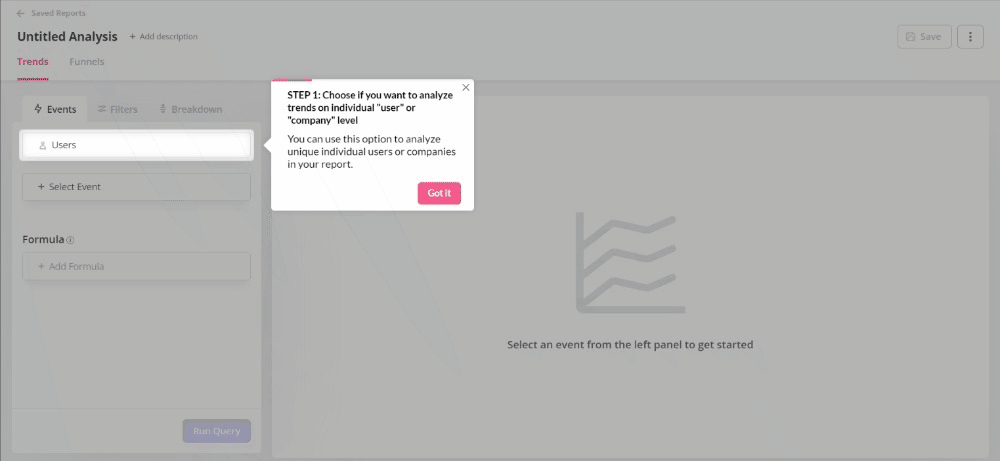
Offer excellent customer service through a self-serve in-app hub
Excellent customer support is the backbone of customer retention. One way you can do this is by responding quickly and effectively to customer support tickets.
However, you can take it further by empowering customers to solve their problems. You can do this by providing an in-app support hub with a variety of content types, including video tutorials, FAQs, how-to articles, product documentation, etc.
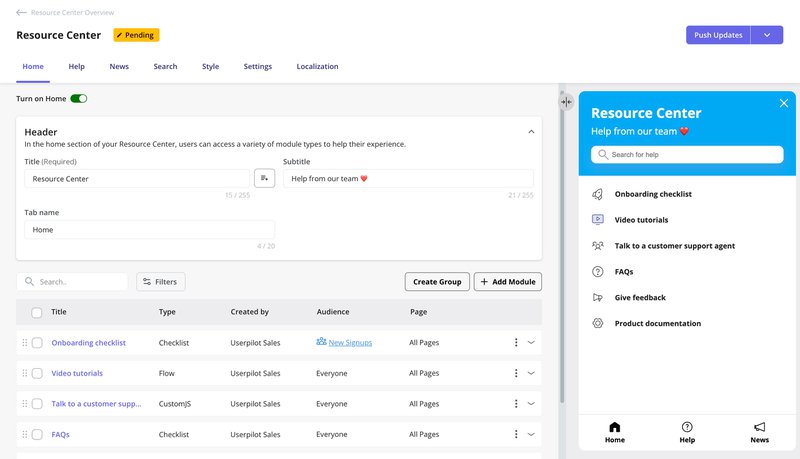
This means customers can find answers without long support wait times. When properly executed, customers will only turn to support agents for truly complicated queries or problems.
Identify at-risk customers and proactively retain them
One of the purposes of customer churn analysis is to help you identify at-risk customers before they churn.
Your data may reveal some signs of churn, such as low engagement levels, low NPS scores, negative feedback, etc. Once you’ve identified these factors, create a segment of users who meet this criteria.
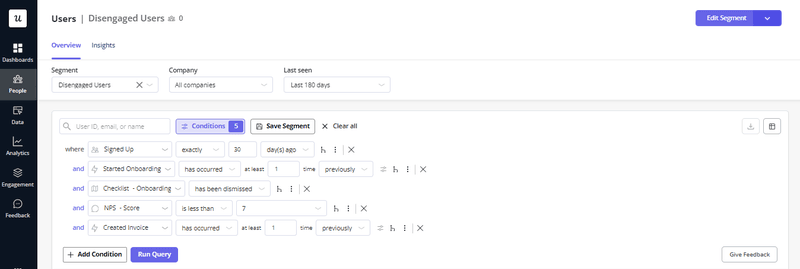
Then, take action to proactively help these customers. This may be through targeted education for these customers, personalized re-engagement campaigns, etc.
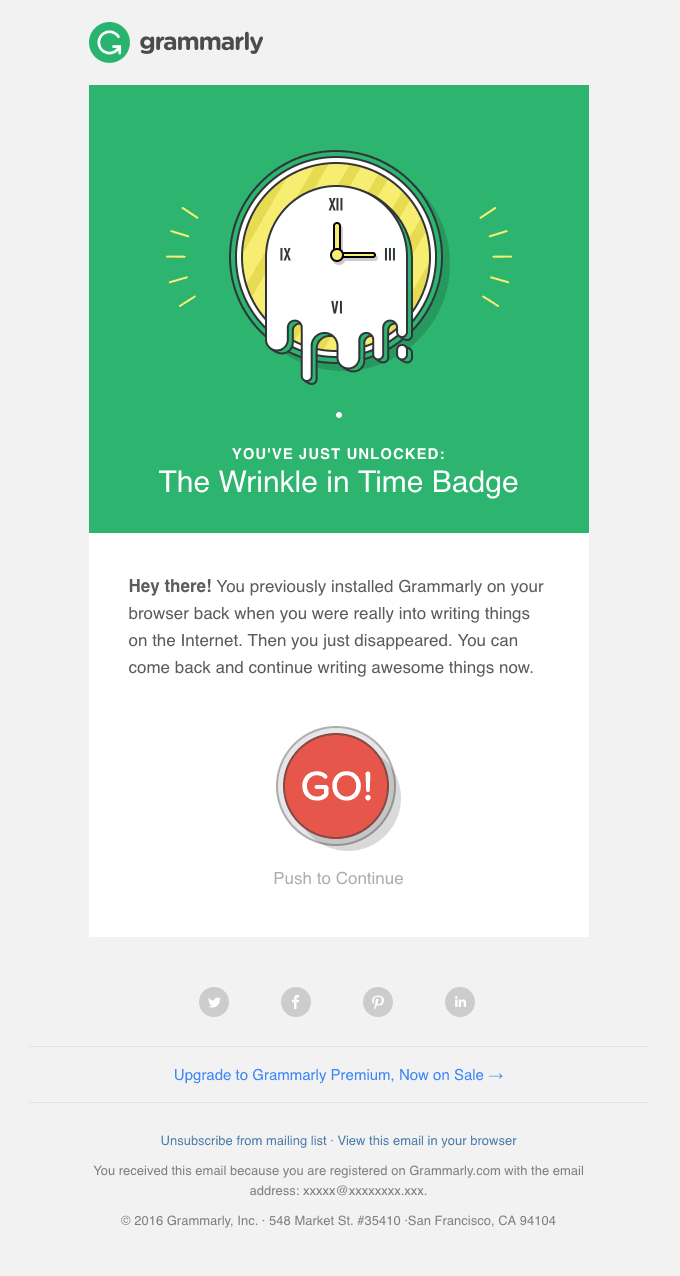
Deliver consistent value for existing customers
The easiest way to reduce churn is to create a positive customer experience. This typically involves delivering consistent customer value, and there are different ways of achieving this goal.
One way is by taking customer feedback seriously and acting on it to improve the experience. You can also do that by building strong customer relationships.
For example, you can host webinars that address important industry topics. In addition to providing useful industry information, you’ll also be able to showcase your product’s problem-solving capacity.
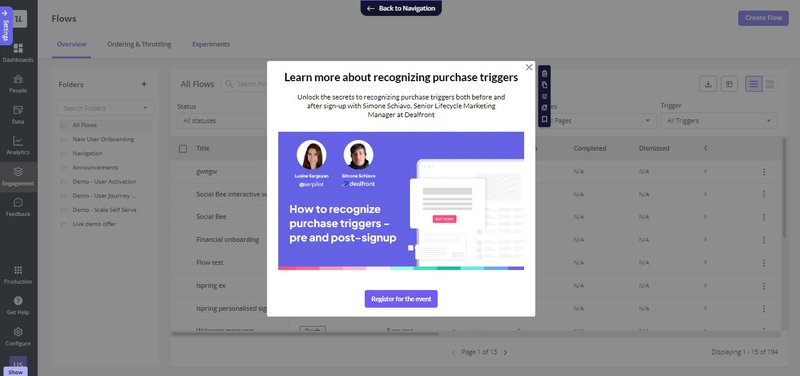
Conclusion
Reducing the customer churn rate is a critical aspect of product management. To achieve that goal, you must understand customer behavior and the factors driving churn.
Userpilot helps you collect valuable product usage data and conduct in-depth customer churn analysis. It also empowers you to build product experiences that help fight churn. Book a demo now to learn more.







